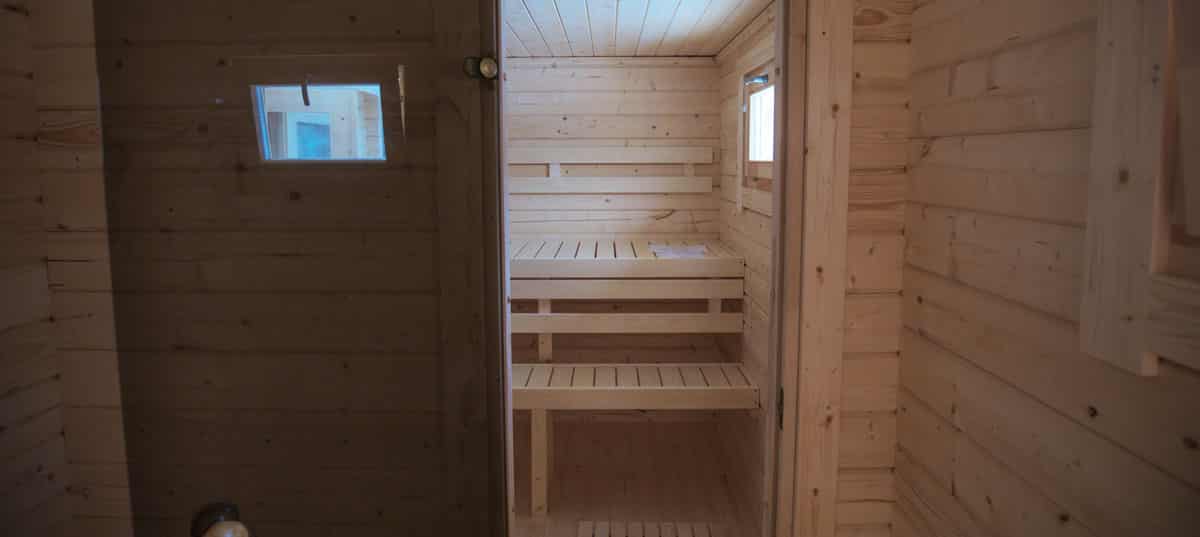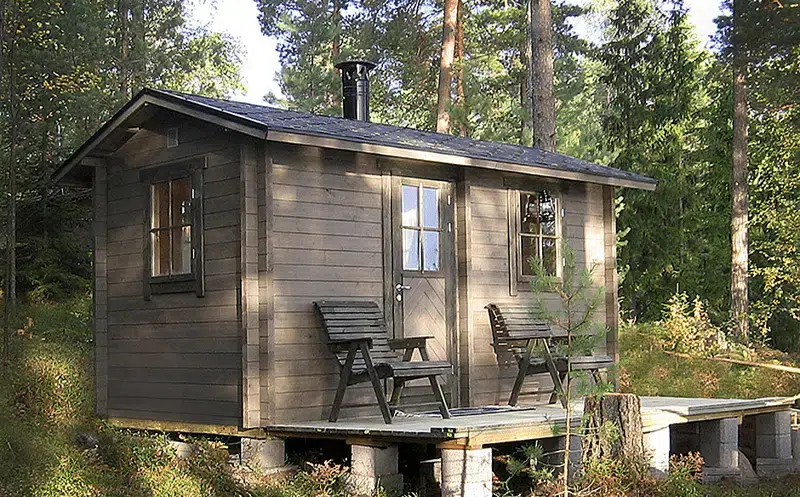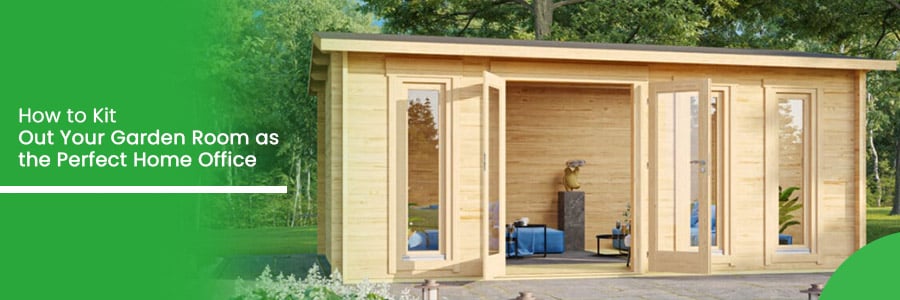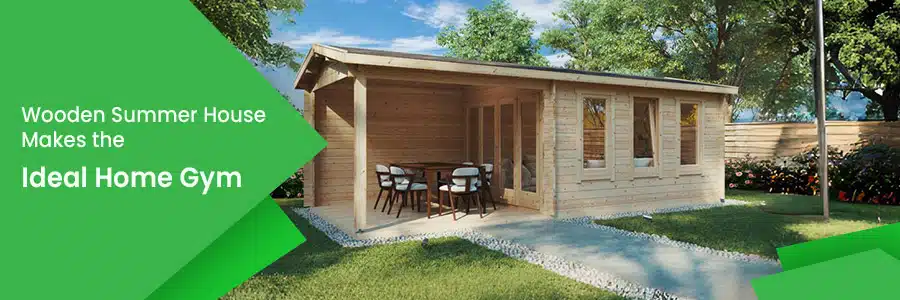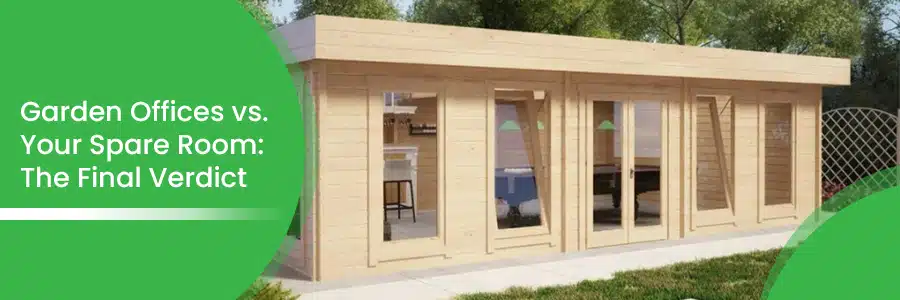Outdoor Sauna or Indoor Sauna – Which is the Right Choice for You?
18.12.2018
A sauna can not only provide pleasant experiences during the cold times of the year, but it has also been proven to cause some health benefits. Did you know that regular saunaing has a proven protective effect against colds and infections? Mood and energy levels are raised, itching is reduced, blood pressure is lowered, as well as autoimmune problems improved.
It helps with Arthritis and muscle pain, it is detoxifying and reduces sweating at night. It improves circulation, and lessens the risk of sudden cardiac death. Moreover, regular sauna attendants get sick less often and generally feel more upbeat. Everything is connected, obviously, and if you improve one area of your health, you will probably benefit in other areas, too.
However, a sauna needs some space, if not very much at all, if it’s just for you and maybe your partner, and you don’t intend to invite friends and wider family, too, to join in.
But even this is possible, as sauna cabins are offered basically in all sizes, leaving all kinds of usages up to your choice.
Outdoor sauna or indoor sauna – what are the pros and cons?
The first thing one would think of here might be the costs. One would think that an outdoor sauna in the garden would probably be much more expensive than an indoor sauna, as it needs an outer cabin with weatherproof walls and a roof which would not be necessary for indoor cabins. However, comparing prices astonishingly shows that there is not really much of a difference. Besides very small cabins for just one to maximal two persons, a range from roughly £4.000.- to £10.000 seems to apply to both options even though an indoor sauna takes away space from the house while an outdoor sauna adds some usable space in the garden.
So what else should be considered before you make this decision?
- Saunaing with or without application of steam causes a large amount of moisture from sweating, from showering, and from the cooling bathes in between the rounds. If you don’t want to have this kind of moisture inside your house which would require to place the cabin in a waterproof wet room that should additionally be ventilated very well, using an outdoor garden sauna that is tailor-made for these kinds of conditions would clearly be the easier and most probably more cost effective solution.
- If you have a look at our sauna section, you will find all kinds of garden buildings like garden sauna cabins, outdoor sauna cabins, sauna sheds, Finnish sauna cabins, summer houses with sauna, a garden gym and spa centre, and most of these do have covered areas or even roofed terraces to put some comfy beach loungers on, and relax after the cooling, which – by the way – also could happen outside for example in a wooden bathtub filled with cold water. Direct access to an outside relaxation area is not always realizable with a cabin inside a house.
- Experience of nature. After all, we are talking about our bodies here, and these are natural entities. In the origins of saunaing, people gathered in artificial trenches or caves and cooled of after having cut a hole in the ice of a nearby lake. Saunaing is the experience of our natural selves in natural environments. That’s one reason for saunas being made of this natural building material timber. Experiencing sauna bathing in the setting of your own garden’s natural beauty is something special and much more enjoyable than inside a building or in a public sauna.
An outdoor sauna cabin creates a new space for living
One of the main advantages of an outdoor sauna cabin compared to an indoor sauna is probably that the outdoor sauna will create a new space for you in your garden while the indoor sauna will take away some space in the house. So, unless you live in a house that is too big for you, the outdoor sauna will be the choice for most that have at least a small garden.
Also, while you’re on it: Explore the possibilities that an additional garden room can offer while it is not used as a sauna, for example as a guest room, a working space, a place to store things like garden furniture during the winter, or to use the neat covered terraces for alfresco dining in summer or just relaxing with a view of the garden.
Additional dry and lockable space is always worth a lot, and mixed usages are more the rule than the exception in garden rooms.
Categories:
BlogWant to discuss over phone. Let us call back to you
If you need any additional info regarding any product, please fill in the below form and we will get back to you, usually the same or next working day.
Have any questions regarding some product?
If you need any additional info regarding any product, please send us your questions.
